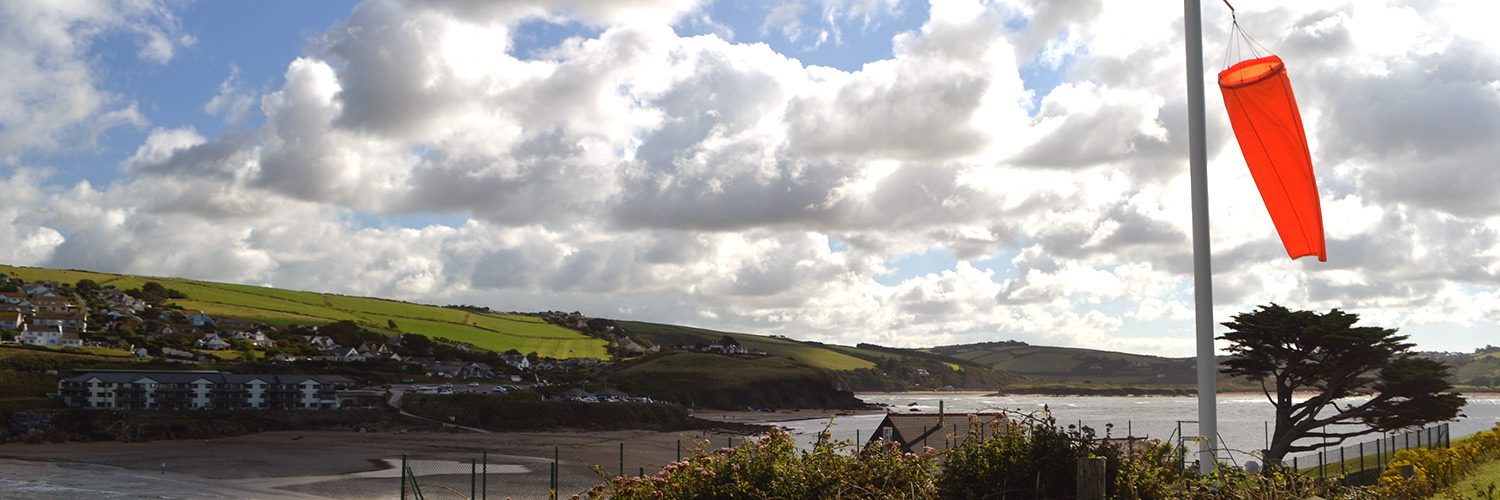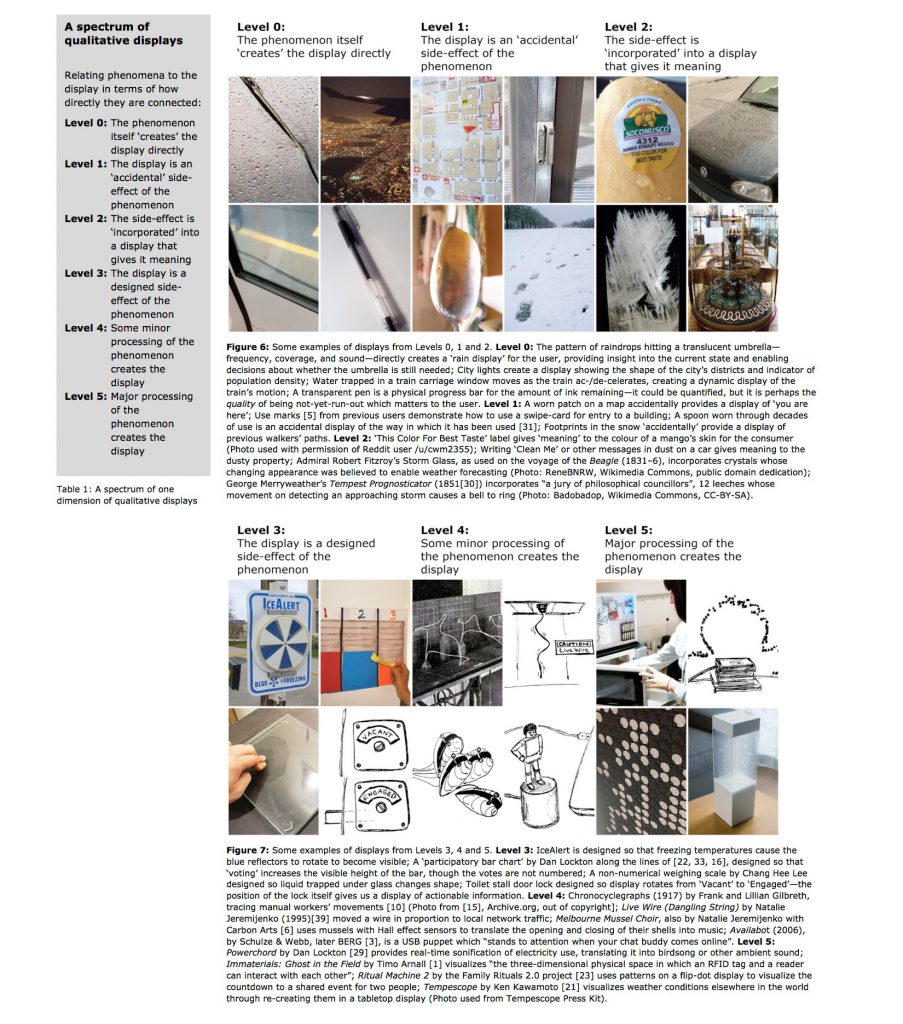Dan Lockton, Delanie Ricketts, Shruti Aditya Chowdhury and Chang Hee Lee
Outside of the digital, we largely live and think and act and feel in response to, and in dialogue with, the perceived qualities of people, things and phenomena, and the relationships between them, rather than their number. Much of our experience of—and meaning-making in—the real world is qualitative rather than quantitative. How friendly was she? How tired do I feel right now? Who’s the tallest in the group? How windy is it out there? Which route shall we take to work? How was your meal? Which apple looks tastier? Which piece of music best suits the mood? Do I need to use the bathroom?
Particularly rarely do we deal with quantities in relation to abstract concepts—two coffees, half a biscuit, three children, but rarely 0.5 loves or 6.8 sadnesses. And yet, quantification has become the default mode of interaction with technology, of display of information, and of interfaces which aim to support decision-making and behavior change in everyday life: quantified self, personal informatics, data, data, more data.
But what might we be missing through this focus on quantification? It seems as though there might be opportunities to explore forms of qualitative display and interface, as an approach to information presentation and interaction, as an aid to help people explore their own and each other’s thinking, and specifically to help people understand their relationships and agency with systems, and also with ideas that are difficult to quantify.
There is somehow more experiential information contained in watching a windsock move, hearing and watching raindrops falling on a puddle, seeing water trapped in a railway carriage door window sloshing around just as we are also jostled by the train’s movement, feeling how a spoon has worn with use, or seeing how worn the “You Are Here” marker is on a map at a tourist attraction, than we can get from a set of numbers, however engagingly presented they might be.
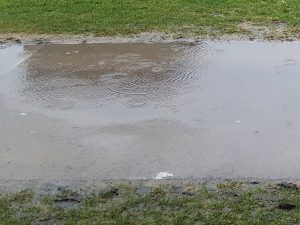

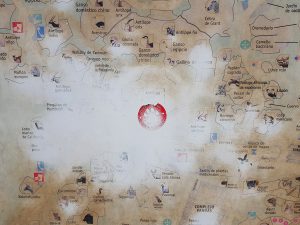

At the Imaginaries Lab, we are starting a tentative exploration of this area, initially through aiming to learn from what else is out there, and what has been done by others (see references in our paper, below), and then seeing how we could apply this thinking in the design of new interfaces.
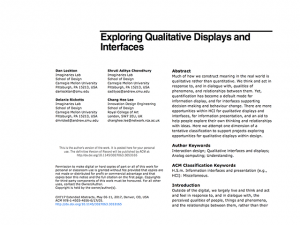 We’re particularly interested in interfaces and displays which make use of the qualities of real-world qualitative phenomena more-or-less directly—perhaps blurring the lines with forms of analog computing. Our first piece of work, including research by Dan Lockton, Delanie Ricketts, Shruti Aditya Chowdhury (CMU) and Chang Hee Lee (RCA) is a CHI 2017 late-breaking work article, ‘Exploring Qualitative Displays and Interfaces’ in which we develop one dimension of a spectrum of qualitative displays, relating phenomena in the real world to the display in terms of how directly they are connected (see image below).
We’re particularly interested in interfaces and displays which make use of the qualities of real-world qualitative phenomena more-or-less directly—perhaps blurring the lines with forms of analog computing. Our first piece of work, including research by Dan Lockton, Delanie Ricketts, Shruti Aditya Chowdhury (CMU) and Chang Hee Lee (RCA) is a CHI 2017 late-breaking work article, ‘Exploring Qualitative Displays and Interfaces’ in which we develop one dimension of a spectrum of qualitative displays, relating phenomena in the real world to the display in terms of how directly they are connected (see image below).
Levels 0–1 involve direct use of a real-world phenomenon in the display; from about Level 2 up to Level 5, they involve increasing degrees of translation or transduction of the phenomena. Download a pre-print version here.
Stay tuned for more work in this area, and please do get in touch if you have ideas, suggestions, or would like to collaborate.
